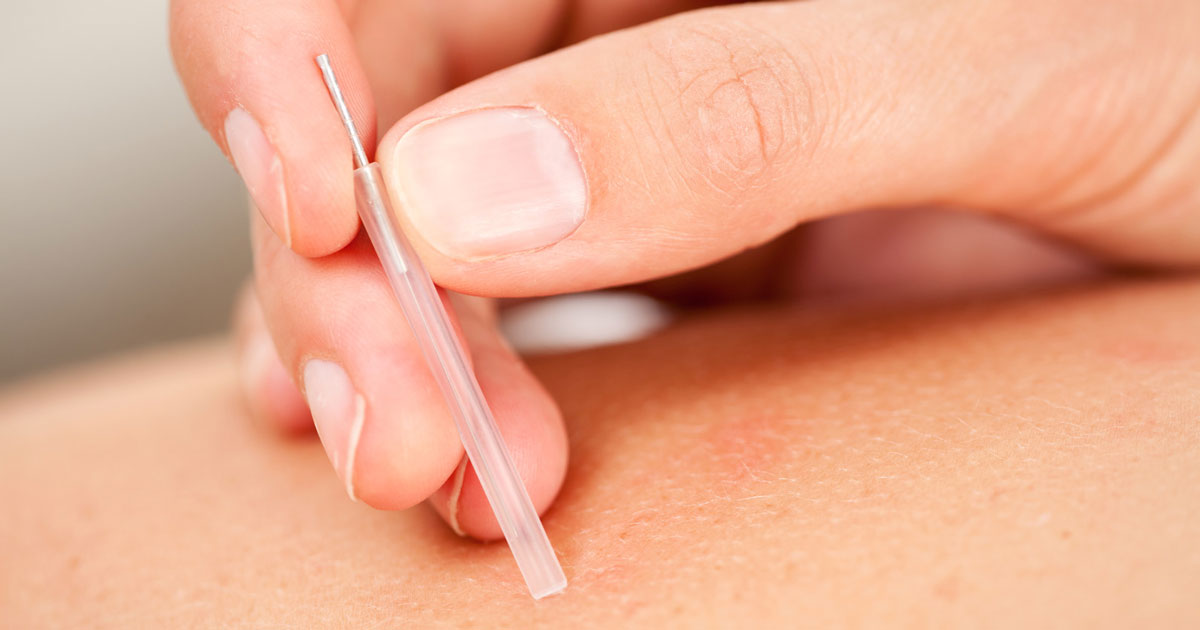Treating Dupuytren's Contracture
Dupuytren's contracture is a deformity of the fingers and hand that most often occurs in individuals over fifty years old. Typically, the deformity develops gradually over several years. The most common early signs of the condition are a skin thickening or lump on the palm of the hand. As the contracture reaches later stages, several lumps or knots may form and draw the fingers into a permanently curled position. Typically, this occurs with the ring and little fingers. Recent estimates suggest approximately seven percent of Americans have Dupuytren's contracture. Researchers believe up to thirty-three percent of those individuals may go on to develop bent fingers. While the exact cause of Dupuytren's contracture is currently unknown, the disorder is more common in males than in females. In particular, men of Northern European descent are believed to have an increased risk, and it is for this reason the disorder is sometimes called Viking's disease. Having diabetes or epilepsy, smoking, and consuming alcohol may exacerbate symptoms. Let's look at some treatment options that may be beneficial for patients with Dupuytren's contracture now.
Needling

Officially known as needle aponeurotomy or percutaneous needle fasciotomy, needling is a minimally invasive technique that can be performed by a doctor to straighten and restore function to fingers affected by Dupuytren's contracture. The outpatient procedure can be performed at a healthcare provider's office and typically takes around half an hour to complete. The doctor will numb the patient's hand before beginning the procedure. Once the local anesthetic is working, the doctor will place a needle into the lumps or bands of tissue that are curling the fingers down, making holes in the tissue. Next, the doctor will pull the fingers into a straightened position, destroying the knots of tissue and allowing the patient to use their fingers normally again. Patients may need physical therapy after needling to maximize finger function, and their doctor may also want to give them steroid injections. In certain cases, the procedure may need to be repeated if the tissue regrows. If tissue grows back, it generally does so approximately three years after this procedure.
Enzyme Injections

The tissue that forms the contractures is made of collagen. The enzyme collagenase destroys collagen, and it has been regularly used since 2010 as an injectable medication that weakens the knots and cords of Dupuytren's contracture. The non-surgical procedure involves having several injections of the enzyme during one office visit. The enzyme then works to weaken the tissue overnight, and the patient returns the following day to have their fingers manipulated into a straight position by the doctor. This treatment must be administered by a healthcare professional who has received specific training with this medicine. It is most commonly given by hand surgeons or orthopedic specialists. Enzyme injections are a conservative way to manage the symptoms of Dupuytren's contracture and can help restore finger mobility.
